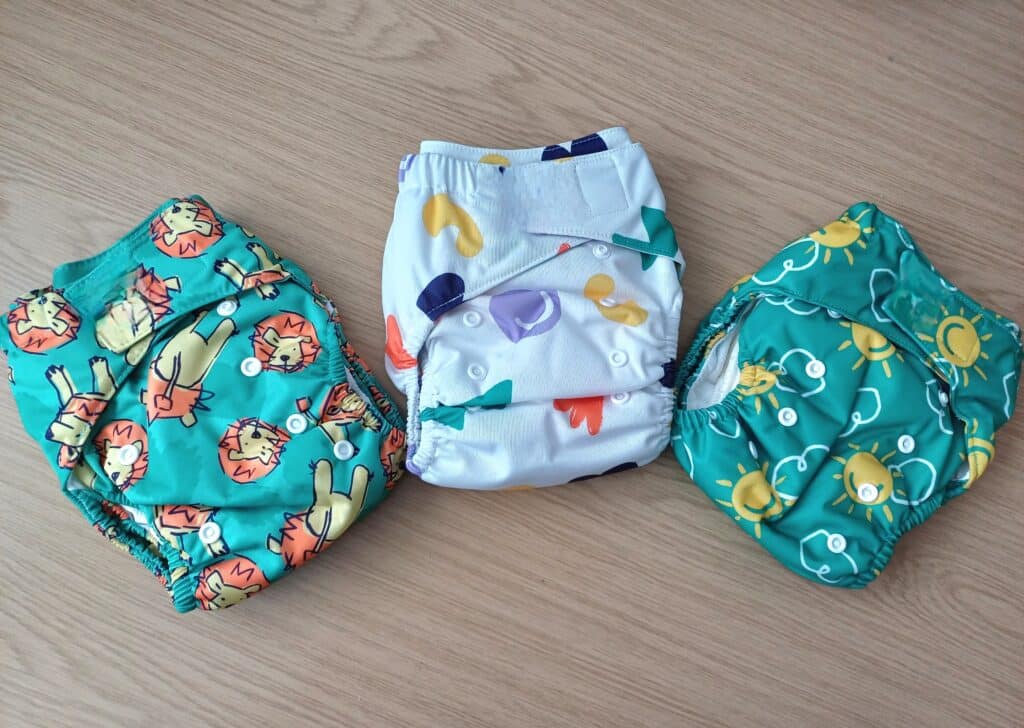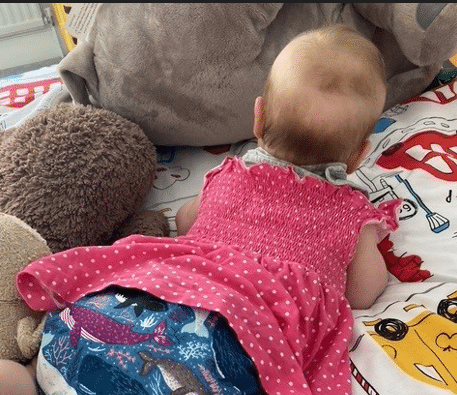Everything you need to know about reusable nappies!

Did you know that in the UK around 8 million disposable nappies go to landfill each year?
A disposable nappy can take an estimated time of 300-500 years to break down; in that time, harmful chemicals and gases such as methane are released, contributing to global warming.

Using cloth nappies can seem daunting at first – What are the right ones? How will I keep on top of the washing? Will cost too much? Will it impact my baby’s development?
However, once you have given it a go and got used to the routine, there are many benefits to gain from using them and plenty of guidance to support you on the way!

Benefits of using cloth nappies:
- Reusable: even though there is an initial pay out for the nappies, you can use them over and over again, and for multiple babies
- Save money: you can save up to £1,000 per year by using cloth nappies over disposables – to help you along the way, Love Essex has a scheme which reimburses you £30 when you buy reusable nappies: Save up to £1,000 per child by switching to cloth nappies | Love Essex Microsite
- Pass them on: when your child is potty trained, the nappies can be passed on or recycled
- Kind to your baby’s skin: cloth nappies are usually made from natural fibres such as cotton or bamboo which are absorbent, breathable and kind to your baby’s skin
- Good for healthy hip development: especially if your baby has mild hip dysplasia or was born breach, as the bulk from the cloth nappy supports the thigh bone and hip placement – The International Hip Dysplasia Institute says “The healthiest position for the hips is for the hips to fall or spread (naturally) apart to the side, with the thighs supported and the hips and knees bent”
- Extra padding: using cloth nappies will not slow down the progression of movement milestones such as rolling, sitting, crawling and walking – once they get moving, your baby will most likely benefit from the extra padding on their bottoms!
- Less likely to leak: when fitted correctly, cloth nappies are less likely to leak when soiled and you also have the flexibility to increase absorbency by adding layers and boosters – versus disposables where loose stools can quite often leak out of

Top tips and resources:
- Find your local nappy library: you can borrow/hire different types of nappies and ‘try before you buy’ to see what suits you and your baby best
- Natural fibres such as cotton and bamboo are more absorbent: materials like microfibres keep your baby’s bottom drier like a disposable does, but you are more likely to get compression leaks and need to change more frequently
- Social media: there are lots of Facebook groups and Instagram pages to get peer support and share experiences, problem solve etc.
- Check out: The Nappy Lady for advice and guidance
- Check out: The Nappy Gurus for advice and their incentive scheme
- If you’re not ready to make the switch to cloth nappies: you could make a change to reusable wipes instead – much more effective for cleaning faces, hands and bottoms as they wipe away the mess rather than smearing it around
